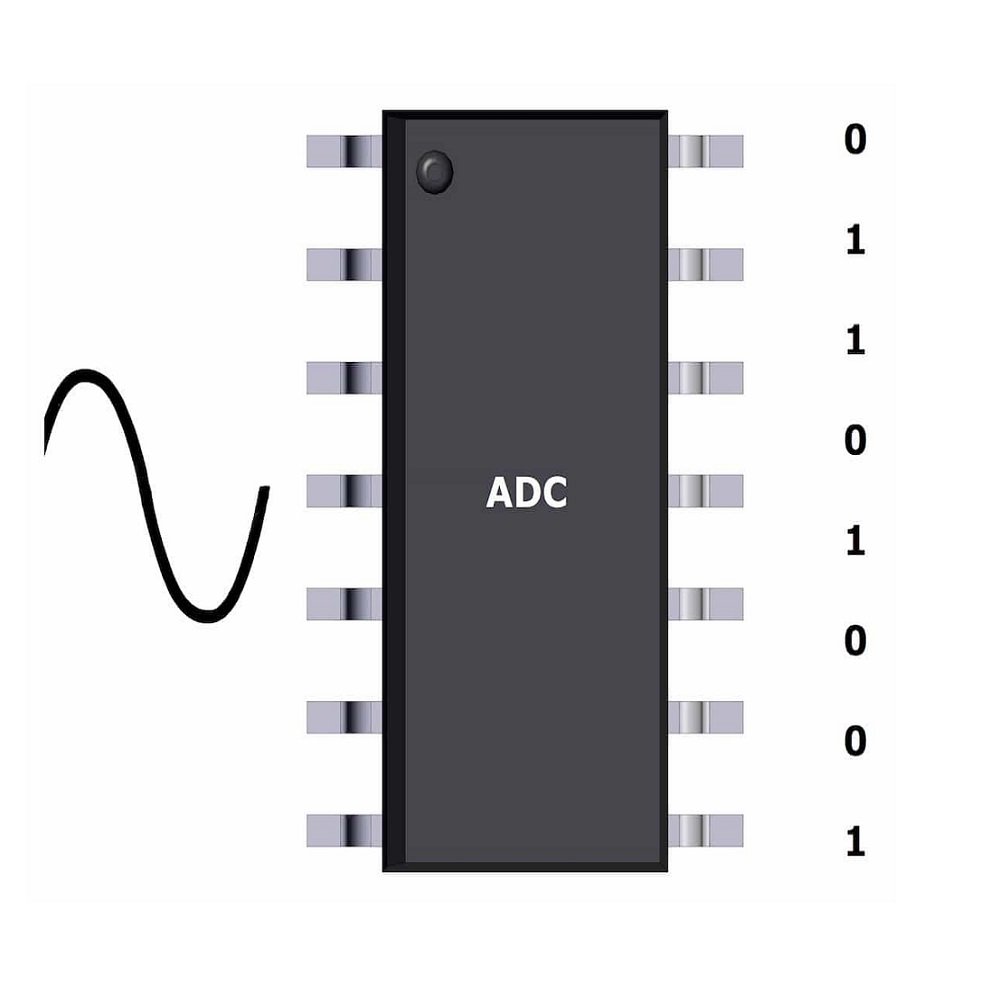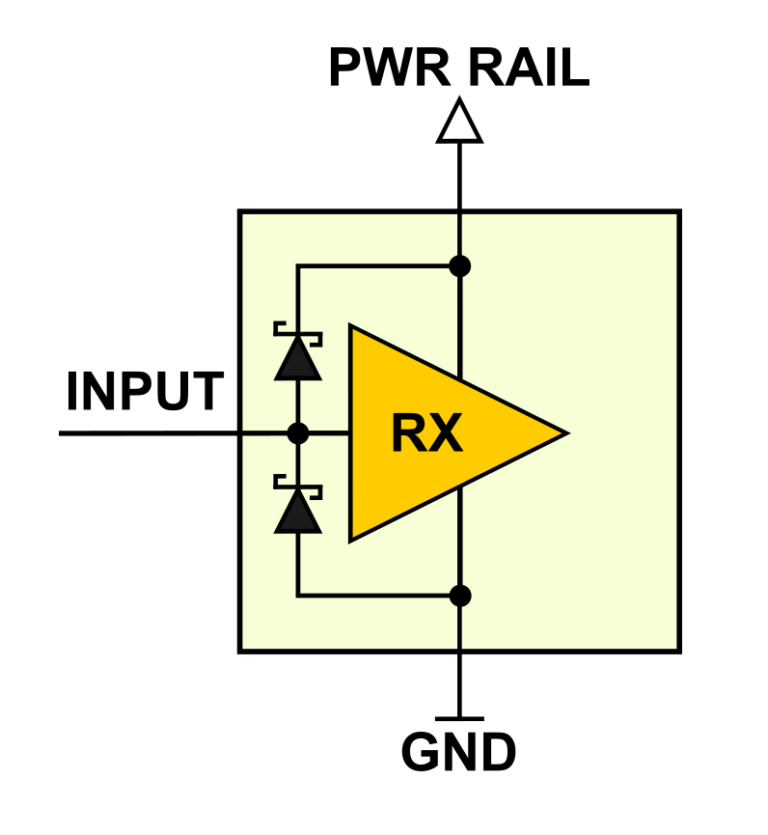
An analog-to-digital converter, often known as an ADC, is used whenever analog inputs from the real world need to be converted to digital signals. There are many different types of ADCs, and each one has a unique combination of advantages and disadvantages. In this article, instead of delving into ADC types, we will discuss how to choose an ADC for a basic application.
CONSIDERATIONS WHEN CHOOSING ADC
Speed, resolution, noise, and accuracy are the most critical parameters to consider before selecting which ADC is best suited for your application. Of course, we shouldn’t ignore the fact that factors like cost, accessibility, and ease of use will also influence which ADC we will end up using.
SPEED
The sampling frequency or rate is referred to as the ADC converter’s speed. The sampling rate is determined by how much time it takes for the conversion of one analog signal into a digital output. Typically, it is given as samples per second. According to Nyquist’s theorem, if an analog signal waveform is sampled more than twice as fast as its highest frequency component, it can be sampled and rebuilt from its samples. Therefore, the ADC sampling frequency must be at least twice the analog signal frequency.
RESOLUTION
The lowest incremental voltage change to the analog signal that can be identified and expressed in the digital output is known as the ADC resolution. To put it another way, an ADC’s resolution is determined by how many bits are used to digitize the input signal. Therefore, the bit value of an ADC converter refers directly to its resolution. For example, an ADC that converts the analog signal to a 8-bit digital value has a resolution of 8 bits.
NOISE
We won’t disguise ADC errors and noise related to the entire system. But the one noise that is an inherent part of the ADC process is quantization noise. The ADC can only process an analog signal’s quantization in a finite number of steps. The quantity of bits determines the number of steps. A digital code can only be half a least significant bit (LSB) away from an analog input voltage. Quantization noise is the rounding error between the digital output value and the analog input voltage.
ACCURACY
The efficiency and quality of the entire system are impacted by the accuracy of analog to digital conversion. The accuracy of an ADC refers to how many bits, from conversion to conversion, are repeatable. Therefore, accuracy might be defined as the degree to which the result of the analog to digital conversion approaches the theoretical value. The accuracy stated in the datasheet will always be equal to or less than the resolution of the converter. Overall accuracy and quantization noise are presented in an ADC datasheet as the signal to noise ratio, or SNR. We must keep in mind that the ADC accuracy depends not only on the ADC parameters but also on how the ADC is integrated into the overall application design.
EASE OF USE
Ease of use is quite an important factor and should be taken into consideration. It takes a long time to analyze a long datasheet for an ADC, especially if the ADC has a lot of configuration options. Since an ADC is only a part of your project, the less time you have to spend on getting an ADC to work, the more time you will have to make your project work. Additionally, if there is already written code available, your project’s development time will be shortened. Therefore, even though an ADC is more expensive due to better parameters than necessary, sometimes it makes more sense to use an ADC that you have worked on before.
AVAILABILITY AND COST
As the world shut down because of the COVID pandemic, many factories closed with it, but demand for electronics soared. Manufacturers struggled to create enough chips to meet the new levels of demand. All of this meant that the lead time for some chips was considerably increased, and lead times of more than a year were not unusual. Additionally, certain chip prices soared tenfold because they could only be purchased through brokers, who seized the opportunity to make a nice profit. Therefore, before designing your system, check if an ADC is available and its price is within your budget.
SUMMARY
An analog signal is converted to a digital form by an analog to digital converter (ADC) so that a microcontroller can read and process it. The most critical parameters to consider are speed and resolution. The minimum sampling rate, also known as the Nyquist rate, must be at least twice as high as the analog input signal’s highest frequency. The resolution determines the amplitude precision.


